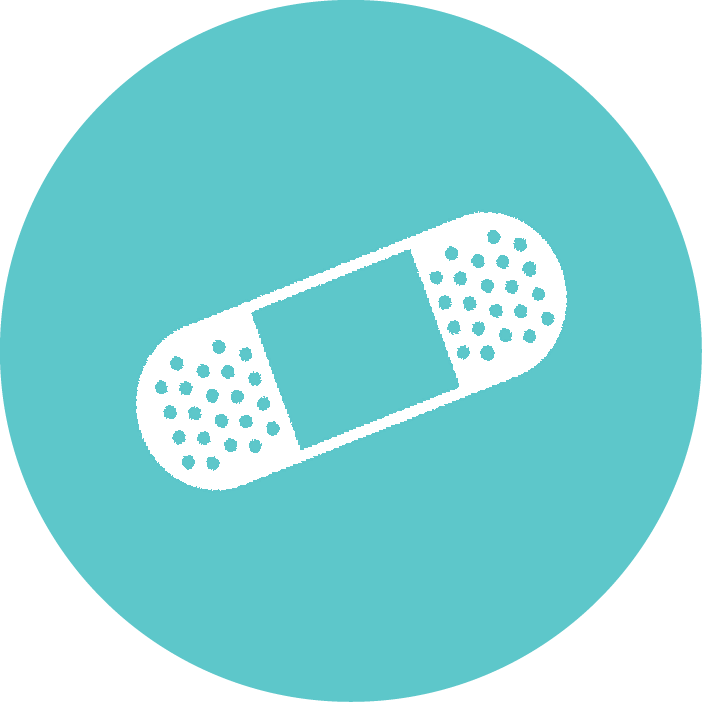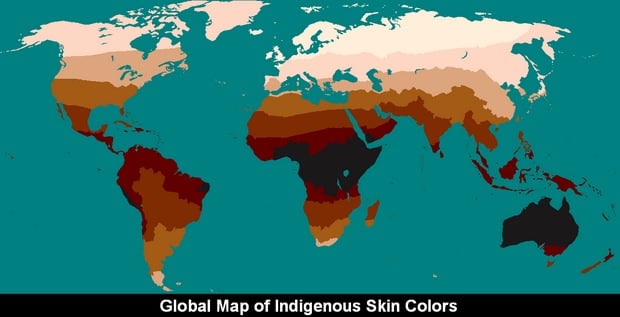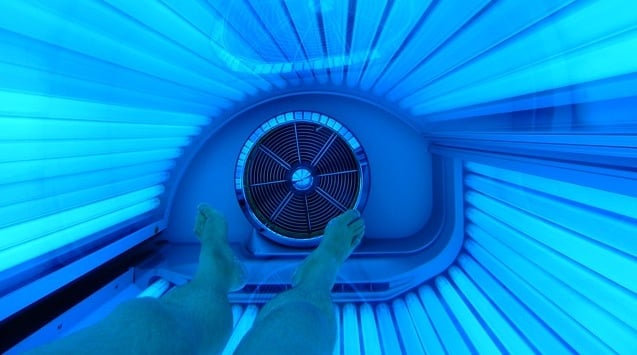Around the world there is a sliding scale of beauty, from lighter skin to darker. The growing culture of indoor tanning and skin-whitening cosmetics have resulted in multi-billion dollar industries exploiting the definition of beauty. In the US, nearly 30 million people tan indoors annually, with more than 40% being college students.
Skin lightening is also extremely common. Nearly 40% of women in China, Malaysia, the Philippines, and the Republic of Korea use skin lighteners. On average, 40% of women in Mali, Nigeria, Senegal, South Africa and Togo use skin lighteners regularly. India alone consumed over 250 tons of skin lightening cosmetics.
Internationally, millions of women are lightening or tanning their skin in the name of “beauty”, but not without a cost.
Tanning and cancer
Tanning increases UV exposure, in turn causing DNA to mutate and increasing the risk of melanoma and nonmelanoma skin cancer, including squamous cell carcinoma and basal cell carcinoma. More than 450,000 cases of nonmelanoma skin cancers and 10,000 melanoma cases are engendered by indoor tanning annually in the US, Europe and Australia. Numerous states have passed legislation banning indoor tanning for minors. Tanning is known to cause a release of melanin to increase pigment in the skin, while skin bleaching destroys the melanin in the skin to decrease pigment in the skin. A destruction of melanin leads to lower UV protection and in turn a higher risk in skin cancer.
Damaging effects of skin lightening
Skin lightening cosmetics have been found to contain inorganic mercury and hydroquinone. Mercury can cause increased pigmentation, severe rashes, kidney damage, physical scarring, decreased resistance to infection, and psychological effects. While hydroquinone can results in acute irritation and uneven bleaching of the skin. There have been numerous cases of mercury poisoning from using these illegal skin bleaching creams. These chemicals are also a threat to public health in that they can enter the waste water and then the environment unregulated.
Macrocosmic Scope
There are less effective alternatives for tanning, including self-tanners and spray tanning. While the lightening of the skin naturally can only be achieved by vigilant sunscreen use and staying out of the sun as much as possible. The only combatant to this growing and detrimental culture of tanning and skin-bleaching is to change attitudes. Beyond the potential health risks, the psychological effects of self-hate and warped standards of beauty can be just as dangerous to people. I hope for a future where people worry more about the health of their skin than its color. Standards of “beauty” are always changing, but to me, healthy skin is beautiful skin.




